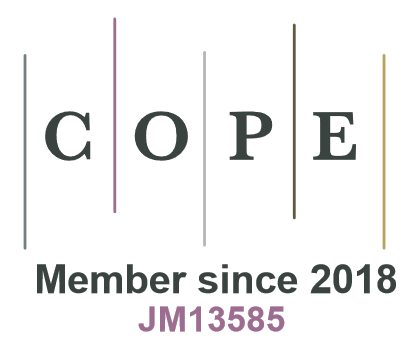Select issue
Silva Fennica 1926-1997
1990-1997
1980-1989
1970-1979
1960-1969
1950-1959
1940-1949
1926-1939
Acta Forestalia Fennica
1992-1999
1984-1991
1974-1983
1968-1973
1953-1968
1933-1952
1913-1932
Articles containing the keyword 'large ungulates'
Category : Review article
article id 550,
category
Review article
(2002).
The role of moose as a disturbance factor in managed boreal forests.
Silva Fennica
vol.
36
no.
1
article id 550.
https://doi.org/10.14214/sf.550
Keywords:
management;
boreal forest;
disturbance;
forestry;
Alces alces;
monitoring;
herbivory;
large ungulates;
moose
Abstract |
View details
|
Full text in PDF |
Author Info
We review the interactions between moose (Alces alces) and native tree species in Fennoscandia. The Fennoscandian boreal forests have been intensively managed for wood production over decades. Moose population density is also relatively high in these northern forests. Forest management affects habitat characteristics and food resources from regeneration to final harvest, with the most significant effects occurring early in the stand development. The plant-animal interactions found in such a situation may be different from what has been observed in natural boreal forests with low densities of moose (e.g. in North America). The strong focus on Scots pine (Pinus sylvestris) in forest regeneration in conjunction with a homogenisation of the landscape structure by clear-cutting has favoured moose. Forest development is controlled by man from regeneration to final harvest, and in relation to human-induced disturbances the disturbance by moose is relatively small, but occurs on different spatial levels. At the landscape level, the most prominent effects of moose seem to be suppression and/or redistribution of preferred browse species. At the forest stand level moose primarily induce spatial heterogeneity by browsing patchily and exploiting existing gaps. At the tree level, moose damage trees and lower timber quality, but also create substrate types (e.g. dead and dying wood) valuable for many organisms. Co-management of moose and forest requires good monitoring programmes for both plants and animals, as well as extensive ecological knowledge on the relations between moose and their food plants on different spatial levels.
Click this link to register to Silva Fennica.
If you are a registered user, log in to save your selected articles for later access.
Your selected articles


